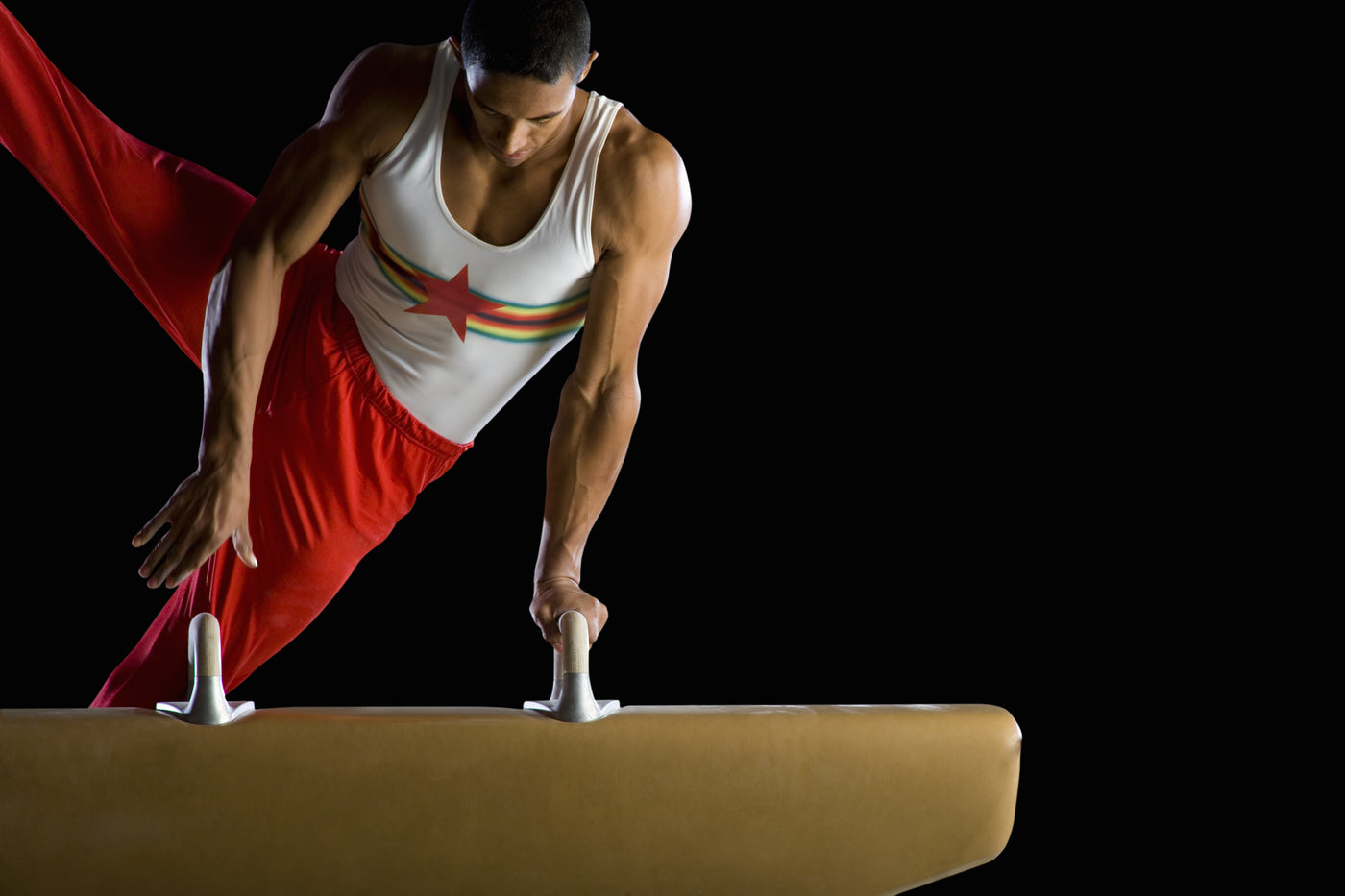Exercise Anatomy
REVERSE SIT-UP
The Reverse Situp is a highly effective abdominal exercise that targets the lower abs and helps strengthen the core. Unlike traditional sit-ups, this exercise emphasizes the lower abdominal muscles, aiding in better balance and stability. Adding Reverse Situps to your routine can contribute to improved overall core strength and a toned midsection.

Major Muscles and Actions Involved
During a Reverse Situp, the primary joint action is hip flexion, where the angle between the thigh and the torso decreases. This movement engages the rectus abdominis, which is the primary muscle responsible for flexing the spine. Additionally, the exercise involves the activation of the hip flexors, including the iliopsoas, as they play a key role in lifting the legs toward the chest during the movement.

Sports Uses
The Reverse Situp is particularly beneficial for athletes involved in sports that require strong and stable core muscles. It proves advantageous in activities such as gymnastics, where core strength is crucial for various movements and holds. Additionally, athletes participating in martial arts can benefit from the exercise as it enhances abdominal strength and contributes to better balance and control during dynamic movements. Overall, the Reverse Situp is valuable for individuals engaged in sports that demand a resilient and powerful core.
Exercise Tips
- Controlled Movement: Execute the Reverse Situp with a slow and controlled motion, emphasizing the engagement of the lower abdominal muscles throughout the entire range of motion.
- Full Range of Motion: Aim for a complete range of motion by lowering your legs toward the ground without allowing them to touch. This ensures optimal activation of the lower abs.
- Bodyweight Focus: Initiate the exercise without adding external weight initially. Once proficient, consider incorporating additional resistance gradually to maintain proper form and avoid straining the lower back.
- Explore Variations: Experiment with different variations of the Reverse Situp, such as incorporating a stability ball or adjusting the angle to target the lower abs from varying perspectives.
- Breathing Technique: Exhale as you lift your legs toward your chest, engaging the core muscles fully. Inhale as you lower your legs, maintaining a consistent breathing rhythm to support stability and focus.
